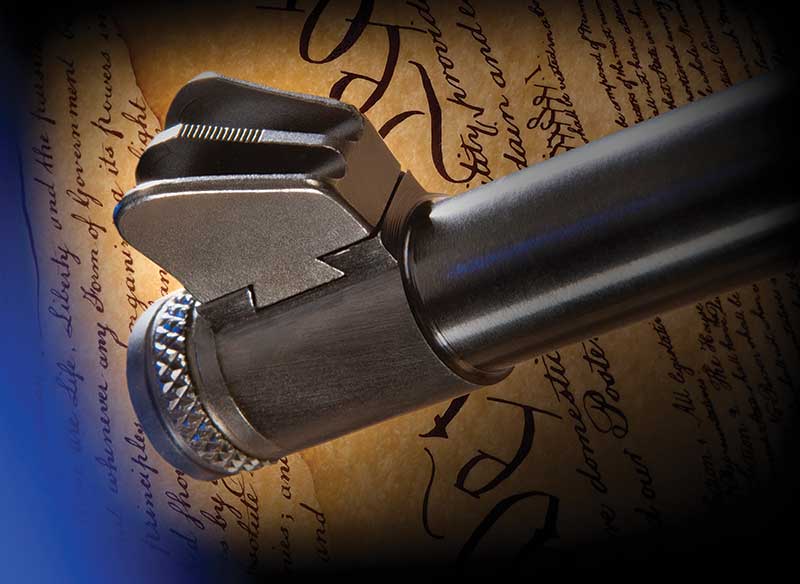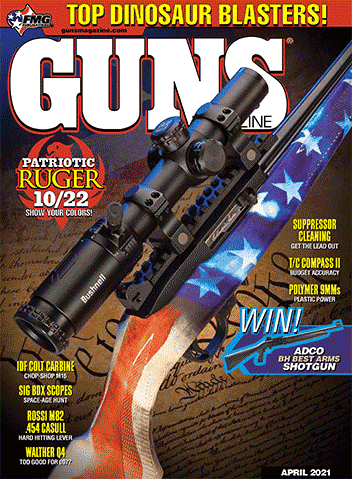As It Was In This Case
In WWII, Mr. Ruger spent time at Auto Ordnance designing a gun — Bill was a brilliant designer, in the same category as “His Browningness,” John Moses. Interestingly enough, Auto Ordnance made M1 Carbine receivers for IBM for the war effort. Hold that thought.
As the .22 Carbine project came together for Bill, I think it’s obvious he called on his experiences with the .30 Carbine for some design ideas. When you first lay eyes on a 10/22 it’s easy to see the .30 Carbine lines hiding in plain sight. Indeed, there are conversion kits today turning a 10/22 into a convincing “GI” Carbine, good enough to need to take two or three more looks just to make sure it’s not.
Ruger’s ground-breaking “.44 Magnum Carbine” was introduced in 1961. Called the “Deerstalker” the stock is a dead-ringer for the later 10/22 stock. Indeed, it looks the same because it is the same — exactly. Except for inletting to accommodate the different actions, the stock is identical. Now for another bit of interesting history — the stock was made by the S.E. Overton company. Guess what they made in WWII? Yup — .30 Carbine stocks. Bill was an original thinker but he was also sly enough to take advantage of existing technology.
This also explains why I’ve always felt the 10/22’s original style wooden stock was always a bit too thick through the grip area — just like a .30 Carbine’s stock.











